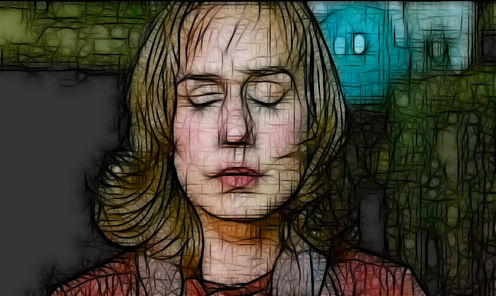
While human beings have always known about the mental health effects of trauma, it was only in 1980 that the term post-traumatic stress disorder, or PTSD, was coined. This acceptance spawned an explosion of research on the causes, vulnerabilities, and optimum treatments for PTSD.
We have since learnt a great deal about how to help people with this disabling and often chronic condition. Evidence-based treatment guidelines in Australia and the United Kingdom are consistent in their recommendation of “trauma-focused psychological treatment” as the first line approach for PTSD. Of these approaches, the strongest body of evidence supports an intervention known as “prolonged exposure”.
PTSD is a complex disorder, with multiple symptom groups. Avoidance of trauma reminders, persistent hyper-arousal (constantly looking out for potential danger), and negative mood are key features. The hallmark, however, is that of “re-experiencing the trauma” in the form of intrusive images, memories and nightmares.
It is this inability to move on – being constantly haunted by the past horror – that drives the other symptom clusters. Any successful treatment, therefore, must target these traumatic memories and prolonged exposure is designed specifically to do that.

Prolonged exposure is a common sense approach. We are all familiar with “getting back on the horse” – confronting what frightens us and not avoiding it. The most successful treatments for all anxiety disorders are built around this concept.
To treat someone who is very frightened of spiders, for example, we would help them to face their fear.
Starting with a small spider in a jar across the room, we would gradually get closer and gradually move to bigger spiders. At each step the anxiety would increase but, by staying with it and not running away, it gradually reduces or “habituates” so that we can move on to the next step.
Treating PTSD is essentially the same process. We help the person to gradually confront situations, places and activities they’ve avoided since the traumatic event because they cause great anxiety; we call this in vivo (or live) exposure. In PTSD, however, the main “feared object” is not outside the person, it is the memory of their traumatic experience.
People with PTSD – consciously or unconsciously – block out and avoid these painful memories. Prolonged exposure helps them to gradually confront the memories and “work through” the experience in a safe and controlled manner; we call this imaginal exposure. Each time they confront the memory without avoiding, and stay with it long enough for the distress to reduce, they make another step towards recovery.
The first component of prolonged exposure is to explain clearly what we are doing and why; after all, we are asking them to do what they fear most. We explain the rationale and process in detail, often using metaphors to illustrate the mechanisms involved.
We also teach them strategies to manage distress. These are not to be used during prolonged exposure, but it is important for people to feel confident about controlling their distress at other times.
We then ask the person to talk through the event. Just as we graded our exposure for the spider phobic, we try to do for the memory. On the first few runs through, the person might talk with their eyes open, in the past tense (“I walked into the park…”), and skip over the worst aspects.

On later exposures, however, it is important to confront all aspects of the experience, to ensure there are no “skeletons in the closet” that will cause problems later. So we use eyes closed, present tense (“I am walking into the park…”), focusing on all senses (sights, sounds, smells, tastes, touch), and – as treatment progresses – confronting the worst aspects of the experience in detail.
We monitor the patent’s distress regularly to ensure it is reducing before moving on to the next level.
Imaginal prolonged exposure is a powerful process for both therapist and client. It results both in reduced distress and in greater understanding of what happened and why. “Putting the pieces of the jigsaw puzzle together” is crucial to recovery and has long been recognised as an effective treatment.
Early variations on prolonged exposure (such as “abreaction”) used drugs to access the memories, while more recent approaches (such as desensitisation) placed a heavy emphasis on relaxation and arousal reduction during exposure. We now know that neither is recommended; people can access the memories, and can tolerate the distress, without these additions.
While there is a common perception that the best way to recover from trauma is to forget about it and focus on the future, the research and clinical evidence is clear: for trauma survivors with PTSD, that is not the case. Indeed, the evidence is now sufficiently strong that it would be negligent not to offer a trauma-focused psychological treatment to a patient with PTSD.
Professor Creamer is currently a Chief Investigator on a NHMRC Program Grant studying mental health following trauma.
